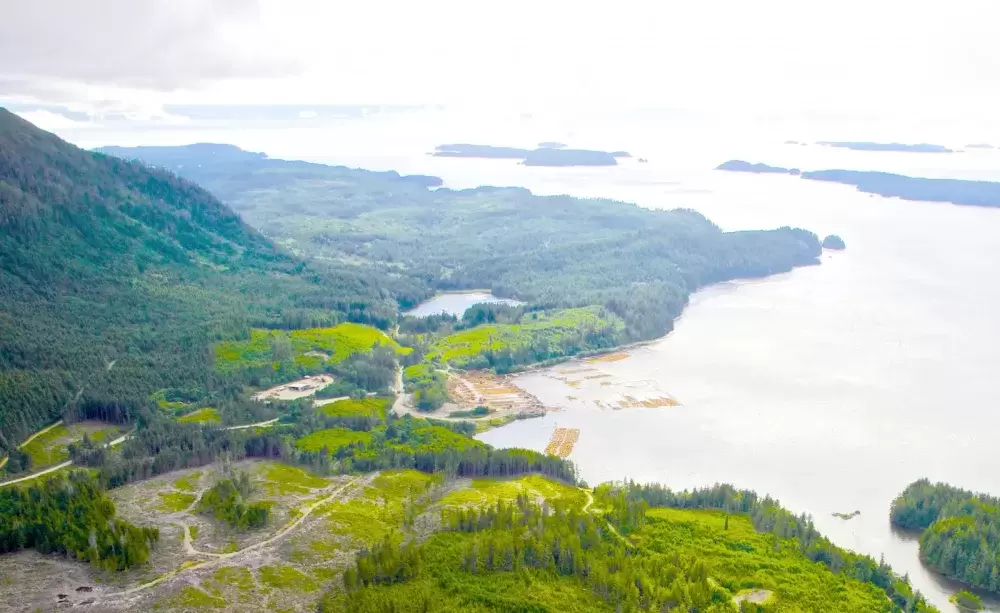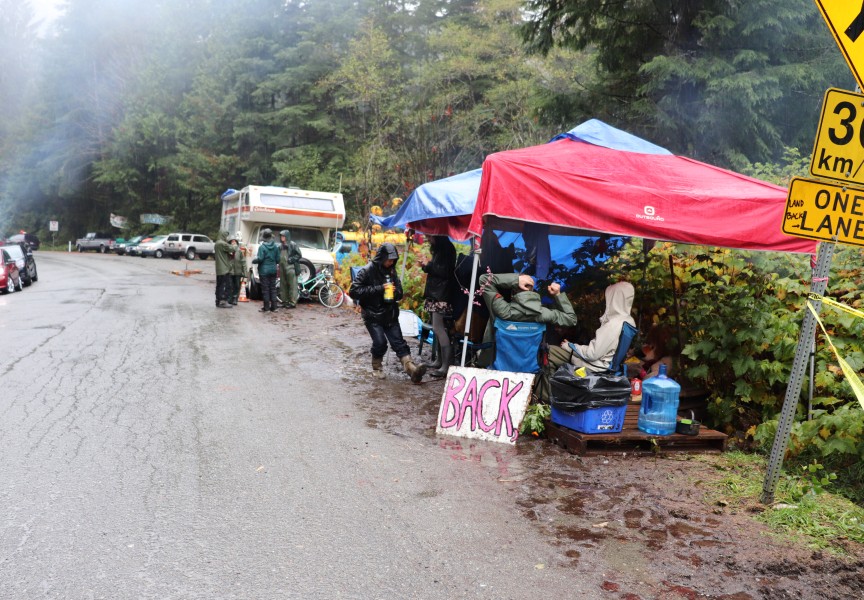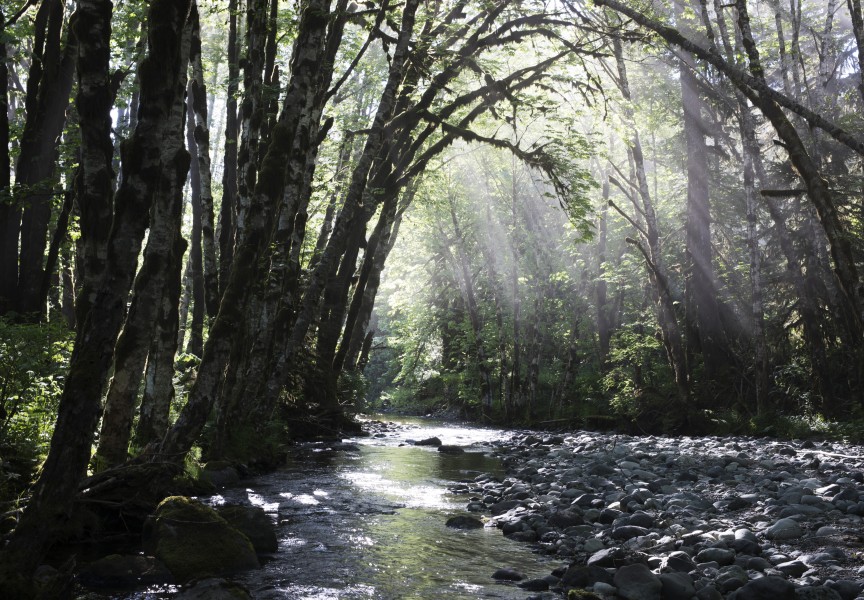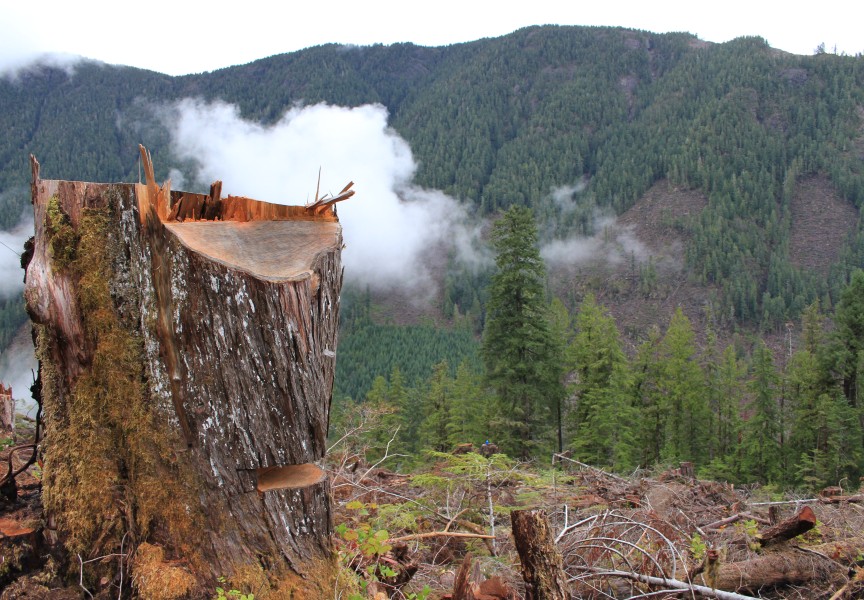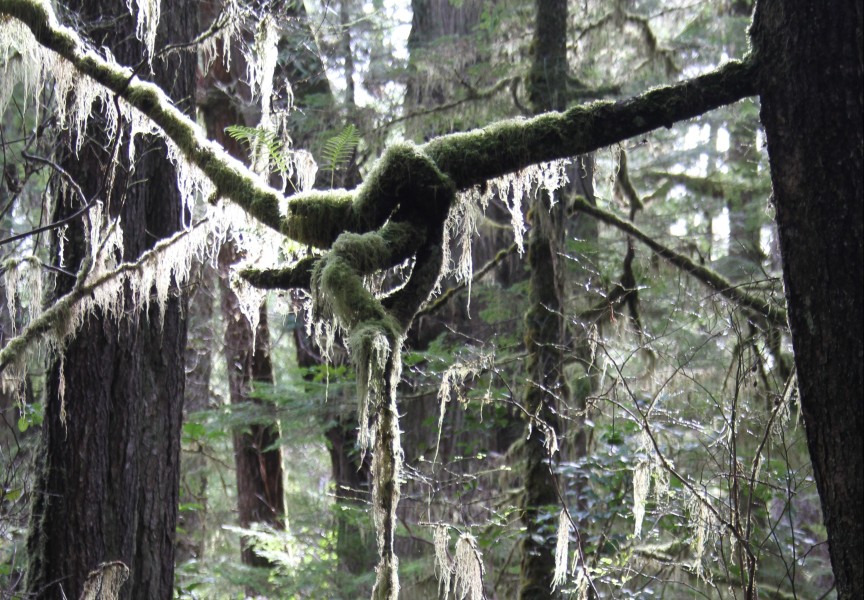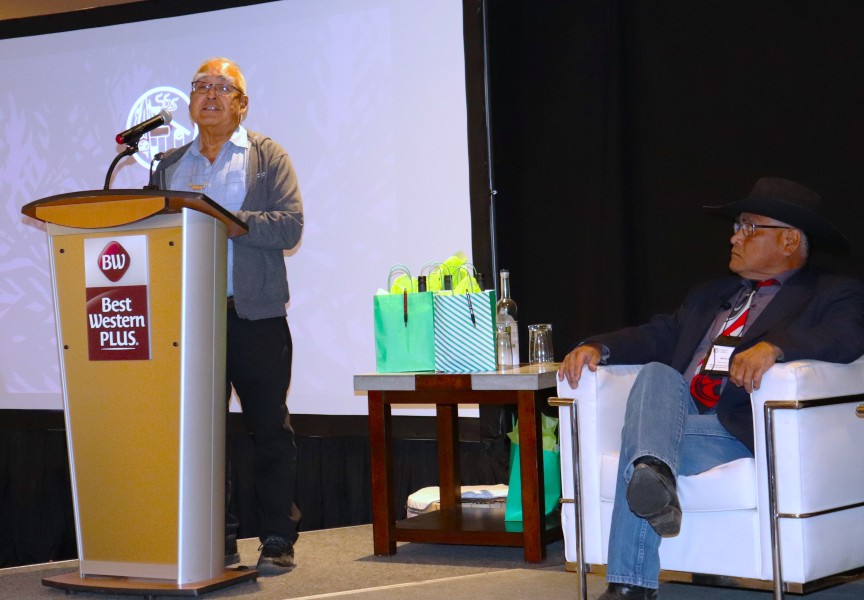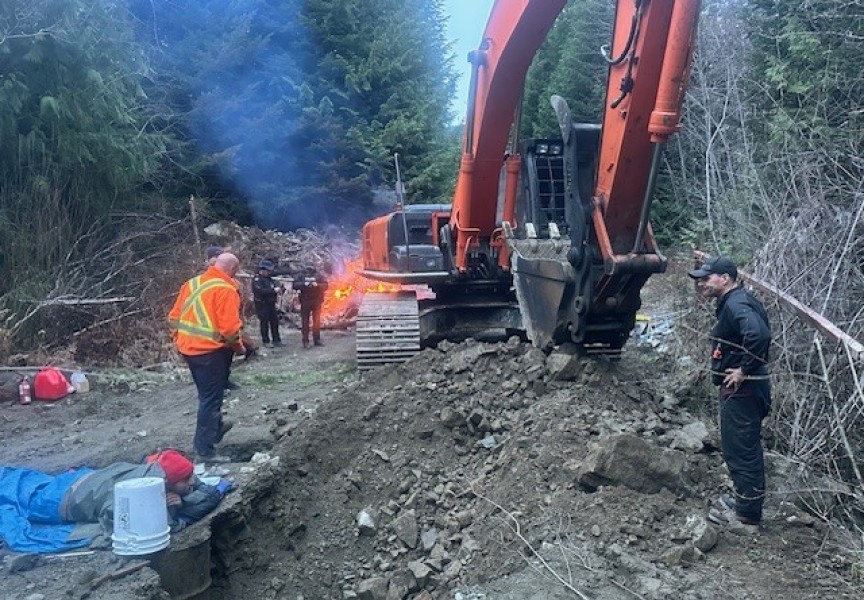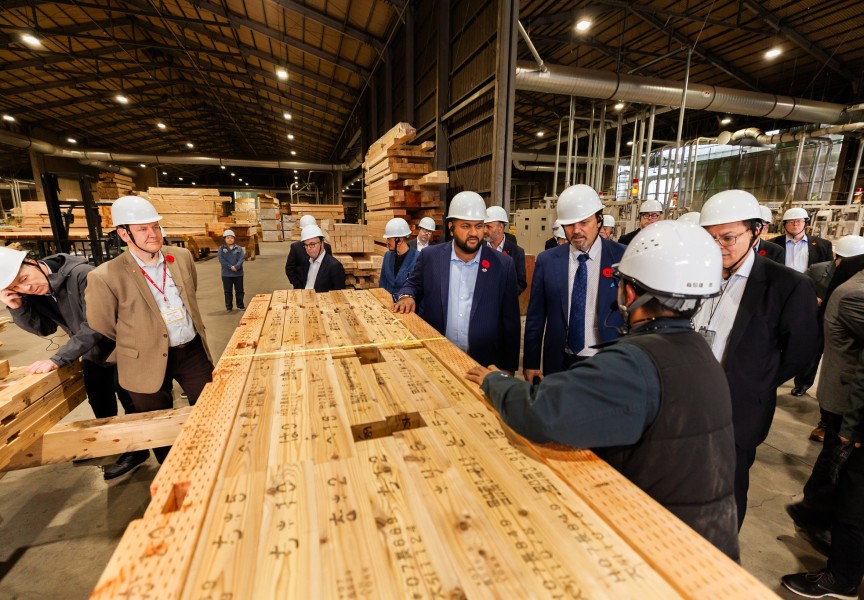Despite a pledge from the premier that Indigenous people will see an expanded role in forestry, a group of First Nations are feeling left out of the consultation process as the province seeks to modernize the sector.
Modernizing Forest Policy in B.C., a government document released last spring, admits that the province’s forestry policy framework that was implemented nearly 20 years ago is out of date. The paper notes that B.C.’s timber supply is decreasing, particularly among older trees.
“A renewed old-growth strategy will balance the need to support and protect workers with the need for additional deferrals of old-growth to protect species at risk, key species habitat and enhancing biodiversity,” reads the document. “B.C.’s fibre supply will likely see more reductions as a result.”
When the intention paper was released on June 1, Premier John Horgan stressed the need for First Nations to have a larger role in forestry, which would entail doubling the tenure held by Indigenous groups.
“Current forestry policies – put in place two decades ago – don’t adequately address today’s challenges,” stated Horgan in June. “They have limited our options to adapt to the impacts of climate change, protect old growth, share the benefits fairly with local communities or move forward on reconciliation.”
But concerns have since arisen that the province is pushing the policy development through, giving First Nations little opportunity to have a say in what happens in their territories. On Sept. 8 the First Nations Forestry Council sent a letter to the premier, expressing frustration on the consultation process, which is meant to inform the province’s next framework to guide forestry management. The letter says the government’s intention paper was developed by ministry staff, with no input from First Nations. This letter was endorsed by 20 First Nations and Indigenous organizations, including the Nuchatlaht Tribe.
“The engagement process is flawed and does not support meaningful consultation. First Nations are rights holders not stakeholders,” reads the forestry council letter. “The process is being expedited during a time of crisis due to wildfires.”
This summer the Huu-ay-aht asked the province to extend the consultation period, which is needed for the First Nation to prepare adequate input into future forestry policy.
“It was asking a lot of things that required a considerable amount of time to review,” said Chief Councillor Robert Dennis Sr. of the consultation process. “All of the things they are proposing definitely do infringe on our treaty rights, definitely infringe on our aboriginal rights. Those are things we want to address and look at.”
This infringement could happen if the government dictates how old growth is managed without the guidance of First Nations leaders, explained Dennis. He looks to the possible influence of ongoing protests near Port Renfrew, where over 1,000 people have been arrested since police began enforcing a court in junction in mid May. Since August the Rainforest Flying Squad has manned blockades in the area to prevent forestry access into the Fairy Creek Watershed, which is in Pacheedaht territory.
“Say, for example, the province decides to respect the protest movement and halt all old growth logging,” said Dennis. “Well, that means right off the bat that our rights to harvest an old growth cedar to build a canoe will be infringed upon. If they decide to halt all old growth logging, it will infringe on economic right to make a living within our territory.”
“[John Horgan] supports Pacheedaht in their right to determine how their forests should be managed in terms of the modernization review,” added Dennis. “I’m hoping he takes that forward to apply to all First Nations in B.C.”
In recent years the Huu-ay-aht have been taking a growing stake in forestry south of Port Alberni, including gaining an expanded tenure over a large section of Crown land that covers much of their traditional territory. Accounting for 60 to 80 per cent of revenue each year, forestry is by far the largest generator in the Huu-ay-aht Group of Businesses.
“I see tourism as a critical component, but I don’t see tourism as being the staple,” said Dennis. “With the road upgrade coming in, we might see a shift a few years from now, but in the meantime we’ve got to focus on what our potential is.”
Meanwhile, the province is tasked with implementing recommendations of the Old Growth Strategic Review Panel Report, which was released a year ago to guide how British Columbia’s ancient trees are managed in the future. In the report veteran foresters Al Gorley and Garry Merkel write that First Nations are destined to be “key players” in how old growth is managed, noting a transition among the public from a human-centric view of using old trees to a now widely held belief that old growth has critical value to all living things.
Consulting its citizens on old growth has been part of community engagement sessions the Huu-ay-aht recently held in Pachena Bay, Port Alberni and Vancouver, said Dennis. This is to prepare for an integrated resource management plan underway, a two-year process that the Pacheedaht and Ditidaht are also undertaking.
“It’s actually going to be two years before we get the information we need to respond to such a complex issue,” said Dennis. “We also met with our elders, and there were no concerns expressed about old growth.”
“We’re fine with responding to what our citizens want, but we’re not okay with outside people telling us how to manage our forests,” he added.

